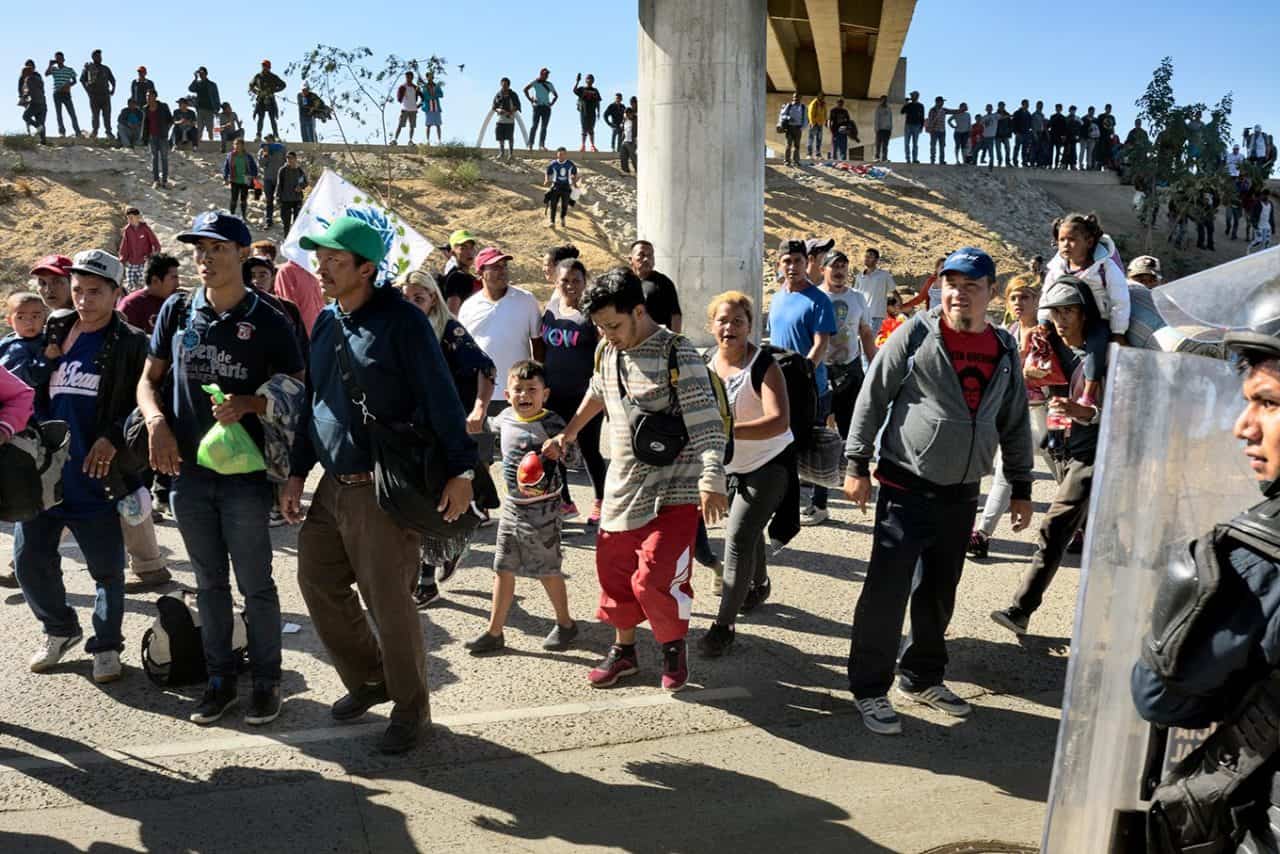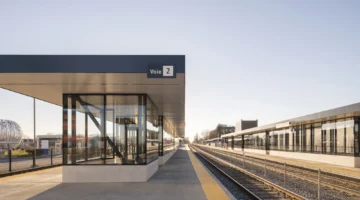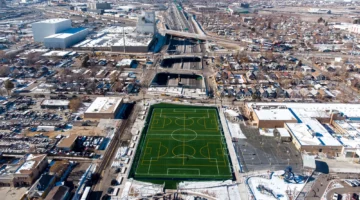"To some the border is a zone of cultural hybridity and economic exchange; to others it is the unruly periphery, a playspace for legalized vice and sex tourism"
1. Tucson, Arizona, October 2020
"The 1,900-mile border between the United States and Mexico, running from the Gulf of Mexico to the Pacific Ocean, is much more than the mutual demarcation of national sovereignties. To many historians, the border embodies what Noam Chomsky has called an “architecture of violence” and internal militarization, rooted in centuries of conquest and the doctrine of manifest destiny. To other scholars and critics, it is a liminal zone of cultural hybridity, economic exchange, and social interplay. Decades ago the anthropologist Fernando Ortiz characterized the border as a “transcultural space”; to the feminist theorist Gloria Anzaldúa, it is the “borderlands” where races mix, a frontier at once physical and psychological, where “two or more cultures edge each other, where people of different races occupy the same territory, where under, lower, middle and upper classes touch.”
For others, the border is ever the unruly periphery, the playspace for legalized vice and sex tourism, what historian Dominique Brégent-Heald has called “commodified transnational eroticism.” Yet the region is increasingly understood as a sphere of influence in its own right. The planning historian Lawrence Herzog has described the border city as the “transfrontier metropolis,” an international zone of trade, industry, consumption. 2 Today the border is indeed rife with the contradictions of global capitalism; it is where commerce flows freely while people do not, where corporate hegemony and economic inequity, political instability and organized crime, environmental degradation and global warming, are experienced with especially brutal force. [...]"

2. Tijuana, Baja California, November 2018
"A young man from Honduras approached me and asked, tentatively, ¿Cómo podemos cruzar la frontera? “How can we cross the border?” Aquí no es posible. La frontera es demasiado fuerte, I answered. “Here it’s not possible. The border is too strong.”
It was November 2018, and I was in Tijuana, a city I have visited frequently over the past decade for ongoing research and professional collaboration. As it happened, that was when the caravan of almost 8,000 migrants that had started to form a month earlier, in San Pedro Sula in northern Honduras, started to arrive in Tijuana, intent on reaching the San Ysidro Land Port of Entry. Many of the migrants were women and children, fleeing poverty and violence and seeking asylum; some identified as LGBTQ; most had made the 2,700-mile journey on foot. Media coverage was intense, and the northward journey of the migrants was paralleled by the mobilization of several thousand U.S. troops — the first time in decades that active-duty soldiers were sent to the border — and the increased fortification of the 50 land ports along the international boundary. Already flanked by imposing steel fencing, surveilled through real-time video feeds and motion sensors, and staffed with more than 21,000 Customs and Border Protection agents, the ports were now being fortified with concrete barricades and concertina wire, which were described by one news outlet as “the most visible result” of the costly military deployment. "

3. El Tejocote, Guerrero, August 2019
"Marcos and Cecilia live close to the sky, more than 7,000 feet above sea level, on a north-facing ridge at the edge of their campo in the pueblo of El Tejocote. The tiny community, with just a few hundred souls, is located in Guerrero, in the midst of the Sierra Madre del Sur, some 130 miles east of the state capital, Chilpancingo, and worlds away from the coastal resort of Acapulco. A drone’s-eye view would show the mountainous terrain as a patchwork of cleared land and cloud forest, with stands of pine and oak giving way to fields planted with poppies and corn.
I spent several days with Marcos and Cecilia in their compound, a loose arrangement of small adobe structures with tin roofs, bordered by subsistence plots of corn, squash, and beans. Born and raised in El Tejocote, Marcos and Cecilia are both in their thirties; they built the place themselves and live there with their four children, Marcos’s father, a flock of chickens, and a cat. Vines of morning glory climb the adobe. Inside, the rooms are decorated with school portraits and silk flowers, and with images of the Virgin of Guadalupe, Jesus Christ, and Jesús Malverde, the legendary outlaw folk-hero known as the “angel of the poor,” and sometimes as the “narco-saint.” [...]"




